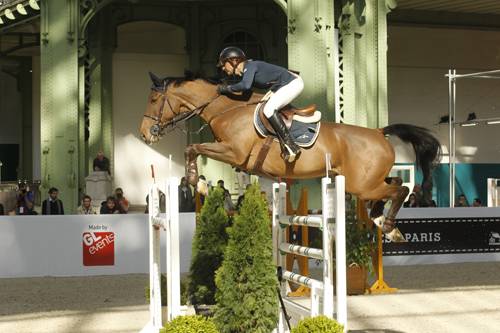Trek to the foothills of Mount Kilimanjaro and you’ll find lush foliage, cascading waterfalls and exotic wildlife, but buried deep beneath the rocky terrain of Africa’s highest mountain lies one of the world’s rarest gemstones, tanzanite.
Although the sapphire, violet or burgundy hued stone was only discovered in 1968, geologists believe that it was the eruption of Mount Kilimanjaro more than 150,000 years ago that provided the unique set of conditions for the gem to form. Naturally formed tanzanite requires the presence of specific chemical elements coupled with extreme heat and pressure—a geologic anomaly that can only be found in the tiny area of the Mererani Hills, nestled on the slope of the Lelatema Mountains.
As a result, naturally formed tanzanite is considered one of the most rare gemstones in existence today. To celebrate the rarity and beauty of the stone, luxury designer John Brevard has created a one-of-a-kind deep blue flawless 235-carat tanzanite pendant encompassed by 22 trilliant cut diamonds and 18-karat gold. Named Verahedra, the $1.6 million jeweled creation showcases the geometric style that Brevard is best known for, and that has earned him a loyal following of celebrity clientele ranging from 26-year-old Rihanna to 82-year-old Carmen Dell’Orefice.
“This pendant is really the grandmother of my collection,” the 31-year-old designer tells Haute Living from his New York design studio. “It’s made from the second largest cut tanzanite in the world.”
After acquiring the stone from prominent jewel collector and noted finance executive, Marc Weill, Brevard set out to design a luxury piece of jewelry inspired by the Orion constellation. “It’s based on the pattern of stars in the most recognizable constellation that has been reflected by monuments throughout the ancient world,” he explains.
It took Brevard and his team 12 weeks to construct the pendant using an intricate process that required eight different steps. “The most challenging part was making sure not to damage the stone in the process,” he revealed. “I drew the design first with pen and paper and then I took the mapping of the constellation and imported it into the 3D software that I use for architecture when I design buildings.”
As Brevard describes his design process, it’s clear that he shies away from industry expectations in order to remain focused on the creative process. “I don’t want to recycle old ideas, I want to create a brand for our new generation of influencers and construct products that people don’t even know they want yet by designing from within,” he declares. “All of my products are cohesive and stylized and that shows clients that there’s thought and meaning behind the works. I’m not just designing for design sake.”





















